The all-in-one delivery solution for WooCommerce
Enhance the efficiency and customer satisfaction of your checkout process by enabling customers to select their preferred delivery date and time seamlessly and intuitively. This feature ensures a smoother experience, allowing customers to schedule deliveries according to their convenience, thereby improving overall satisfaction with your service.
With Order Delivery, your customers receive clear notifications detailing the expected delivery date and time of their package. These details are managed by the store owner and take into account factors such as local bank holidays, available shipping methods, and other relevant considerations. This ensures transparency and helps customers plan accordingly for receiving their orders.
Ensure your store can efficiently manage all orders by implementing limits on the number of orders per day or within specific time frames. This helps maintain operational capacity and prevents overload scenarios, ensuring smoother processing and timely fulfillment of customer orders.
This flexibility allows you to ship orders at the most convenient time for your customers, thereby enhancing their shopping experience to the fullest extent possible.
Why use Order Delivery?
- Displaying a delivery date picker or the estimated delivery period directly on the checkout form enhances transparency and convenience for customers. This feature allows them to choose their preferred delivery date or understand the estimated delivery window easily during the checkout process.
- Splitting delivery dates into time frames or slots provides customers with more precise delivery details. For example, displaying options such as “8:00 am – 12:00 pm” allows customers to select a specific time slot that best suits their schedule, ensuring more accurate planning and delivery expectations. This level of detail enhances customer satisfaction by accommodating their preferences more effectively during checkout.
- Specify the delivery timeframe for each of your shipping methods to provide clarity to customers. For instance:
– Urgent Shipping: Delivery within 24 hours
– Economic Shipping: Delivery in 2-3 daysClearly defining these delivery ranges helps customers understand the expected arrival time based on their chosen shipping method, enhancing transparency and managing expectations effectively during the checkout process.
- Limiting the number of orders to be delivered within a day or specific time frame helps prevent work overloads and ensures smooth shipment processing. This practice enhances operational efficiency by allowing your team to manage workload effectively and maintain high service standards without compromising on delivery times or quality.
- You can charge additional fees to customers for choosing specific delivery days and time frames by implementing a surcharge mechanism in your checkout process. This allows you to:
1. Define different delivery options with associated costs, such as expedited delivery or weekend delivery.
2. Clearly display these options along with the additional fees in the checkout form.
3. Automatically calculate and add the surcharge to the order total based on the customer’s selection.By implementing this approach, you can offer flexibility in delivery scheduling while appropriately covering any additional costs incurred, thereby enhancing customer choice and revenue management.
- To prioritize your orders effectively and ensure timely delivery, consider implementing a sortable view in your order management system. This view should include key information such as:
1.Order Priority:Assign priorities to orders based on delivery deadlines or customer preferences.
2.Delivery Deadline:Display the last day by which orders must be shipped to meet the desired delivery date.
- To specify dates when deliveries are not available, such as holidays or other events, you can implement a feature in your order management or scheduling system that allows you to:
1.Define Non-Delivery Dates:Set specific dates or ranges (e.g., holidays, weekends, company closures) when deliveries will not be available.
2.Display Unavailable Dates:Clearly communicate to customers during the checkout process which dates are unavailable for delivery.
3.Disable Delivery Options:Temporarily disable delivery options for dates marked as unavailable to prevent customers from selecting them.
- To disable specific date ranges for shipping and/or delivery to specific countries or regions, you can implement the following steps:
1.Configure Shipping Zones:Set up shipping zones in your e-commerce platform that correspond to different countries or regions where you operate.
2.Define Shipping Methods:Within each shipping zone, define specific shipping methods (e.g., standard shipping, express shipping).
3.Set Date Restrictions:Utilize a plugin or feature that allows you to set date restrictions for each shipping method. This may involve specifying date ranges (e.g., holidays, maintenance periods) during which shipping or delivery is disabled.
4.Communicate Restrictions:Clearly communicate to customers during the checkout process which date ranges are unavailable for shipping or delivery to specific countries or regions. This can be done through messaging on your website or within the checkout flow.
5.Disable Options:Temporarily disable shipping options for specific date ranges or regions to prevent customers from selecting them when placing orders.
- For excellent integration with WooCommerce Subscriptions, consider the following key points:
1.Billing and Delivery Alignment:Ensure that subscription billing cycles and delivery schedules are synchronized. This includes coordinating delivery dates with subscription renewal dates to optimize customer convenience and satisfaction.
2.Flexible Shipping Options:Offer flexible shipping options that accommodate recurring subscription orders. Allow customers to choose delivery frequencies and adjust shipping preferences seamlessly within their subscription management.
3.Automated Notifications:Implement automated notifications to keep subscribers informed about upcoming shipments, delivery dates, and any changes to their subscription status. This helps maintain transparency and enhances customer communication.
4.Discounts and Promotions:Provide special discounts or promotions on shipping fees for subscription orders. This can incentivize customers to opt for recurring deliveries and enhance loyalty.
5.Customer Management:Ensure that customer accounts and preferences are easily accessible and editable, allowing subscribers to update shipping addresses, adjust delivery schedules, or pause/resume subscriptions as needed.
- To achieve seamless integration with WooCommerce Subscriptions and provide automated email notifications along with detailed admin views for chosen delivery details, follow these steps:
1.Automated Email Notifications:
Subscription Updates:Configure automated emails to notify subscribers about their subscription status, upcoming deliveries, and any changes to delivery details.
Order Confirmations:Send order confirmation emails that include chosen delivery details such as delivery dates, times, and any special instructions.
Shipping Updates:Provide tracking information and shipping updates through automated emails to keep subscribers informed about the status of their deliveries.2.Admin Views:
Dashboard Overview:Create a dedicated dashboard or summary view in the WooCommerce admin panel where administrators can view and manage subscription orders with detailed delivery information.
Delivery Details:Include a section within each subscription order that displays chosen delivery details, such as preferred delivery dates, times, and any customizations requested by the subscriber.
Customizable Views:Allow administrators to customize views to prioritize delivery scheduling and ensure orders are processed and fulfilled on time.3.Integration Considerations:
Sync with Subscription Settings:Ensure that delivery details are synchronized with subscription settings to maintain consistency and accuracy.
User-Friendly Interface:Design a user-friendly interface for both subscribers and administrators to easily access and update delivery preferences or schedule changes. - For developers looking to extend or adapt the functionality of a WooCommerce plugin, especially for managing delivery details and notifications, here are some key considerations to ensure it is developer-friendly:
1.Modular Code Structure:Ensure the plugin’s code is organized into modular components, with clear separation of concerns (e.g., delivery scheduling, email notifications, admin views).
2.Hooks and Filters:Provide robust hooks and filters throughout the plugin’s codebase. This allows developers to easily modify or extend functionality without directly editing core files.
3.Documentation:Comprehensive and well-structured documentation is essential. Include detailed guides, API references, and examples of how to use hooks and filters effectively.
4.Customizable Templates:Support customizable email templates and admin views using standard WordPress practices (e.g., template overrides) or template files bundled with the plugin.
5.Logging and Debugging:Include logging capabilities to help developers debug issues and monitor plugin behavior. This can be invaluable for troubleshooting and improving performance.
6.Compatibility and Standards:Adhere to WordPress coding standards and ensure compatibility with other popular plugins and themes. This reduces conflicts and ensures smooth integration in diverse environments.
7.Community Support:Foster an active community around the plugin, such as forums or developer portals, where developers can ask questions, share tips, and contribute to the plugin’s improvement.
Easy for the Customer, Adaptable to Your Needs
The three main variables that can affect the delivery of an order typically include:
1.Shipping Method and Carrier:The choice of shipping method (e.g., standard, express) and the carrier responsible for delivery (e.g., USPS, FedEx) directly influence the speed and reliability of delivery.
2.Destination:The location to which the order is being shipped plays a crucial role. Factors such as distance, accessibility, and local delivery infrastructure can impact delivery timelines.
3.Order Processing Time:The time required for order processing, including verification, packing, and dispatch, affects when the order is handed over to the shipping carrier for delivery.
Never Miss a Deadline
To effectively manage order production and delivery timelines, consider implementing the following features in your system:
1.Lead Time Setting:Allow administrators to set a minimum number of days required to produce an order. This ensures that customers can only select a delivery date that aligns with your production lead time.
2.Delivery Range Definition:Define the delivery range or estimated shipping time for each shipping method or destination. This helps customers understand when they can expect their order to arrive after it has been shipped.
3.Recommended Shipping Date Calculation:Implement a feature that calculates and recommends the latest date by which an order should be shipped to ensure it arrives on or before the customer’s desired delivery date. This calculation should take into account your lead time, delivery range, and any specified delivery dates (e.g., holidays).
4.Customer Visibility:Display the recommended shipping date prominently during the checkout process so customers can make informed decisions based on when they need their order.
5.Automation and Notifications:Automate notifications to inform customers about the recommended shipping date and any changes to delivery timelines. This helps manage expectations and ensures transparency throughout the order fulfillment process.
Additionally, you can enhance your operational efficiency by sorting all orders based on their expected delivery range. This allows you to prioritize your production process well in advance, ensuring timely fulfillment of orders. By categorizing orders according to their required delivery dates, you can effectively manage resources, streamline workflows, and optimize production schedules to meet customer expectations consistently. This approach helps maintain smooth operations and enhances overall customer satisfaction by ensuring orders are delivered on time.
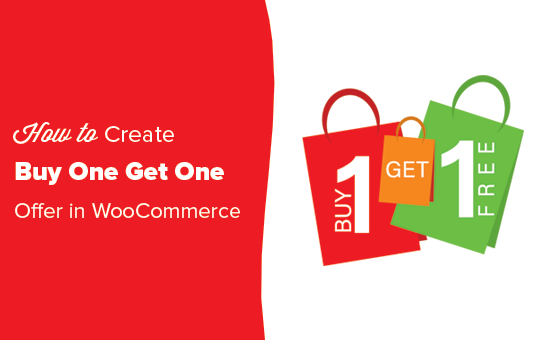
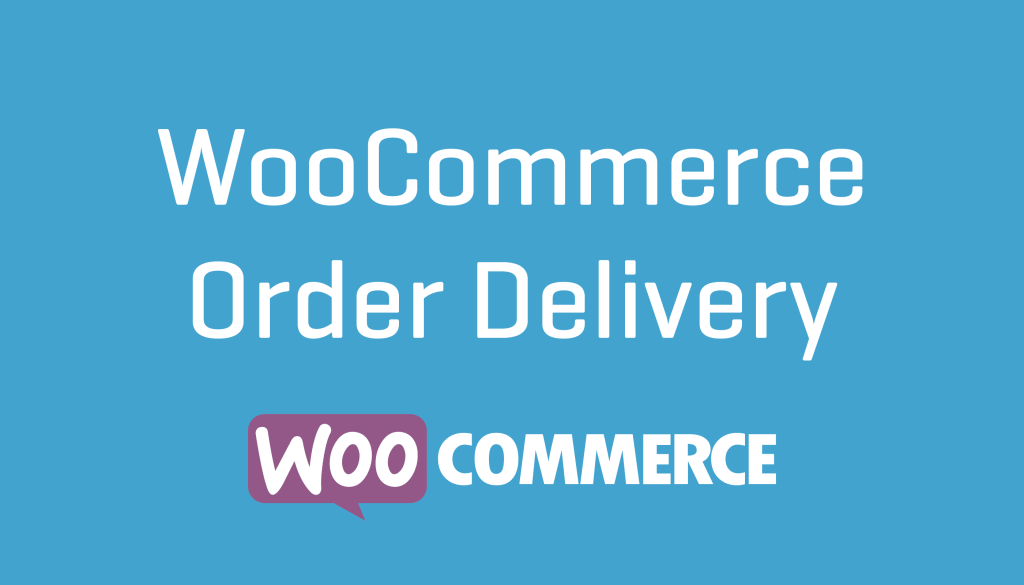


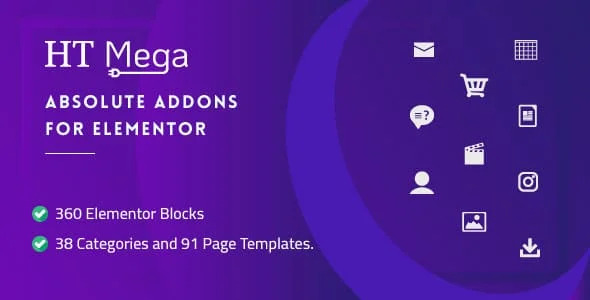
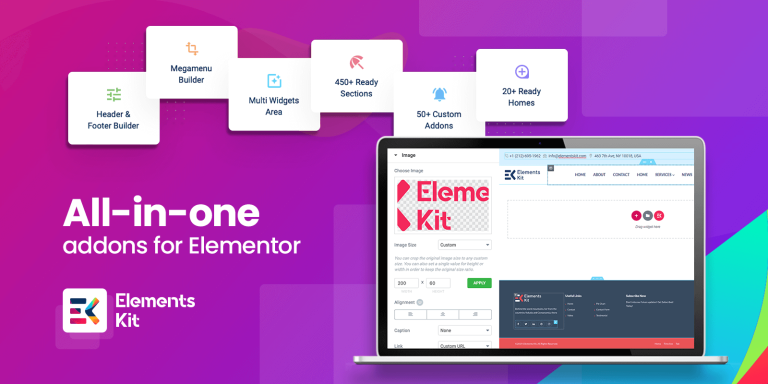

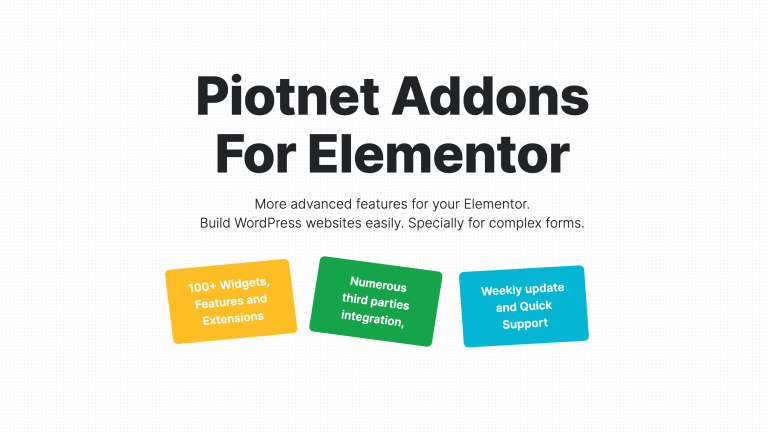
Elvie (verified owner) –
The quality is average, focus too much on unnecessary things
Caleigh (verified owner) –
I got excellent support for this item. They were patient with me, and helped me solve my issue. I recommend this company 100%
Dock (verified owner) –
I wish there were more customization possible. The support is okay.
Garry (verified owner) –
A promising product, worth trying
Porter (verified owner) –
Please think carefully when purchasing this item.
Chet (verified owner) –
An awesome product with great flexibility. The customer support is superb. I recommend this without any doubt.
Lucinda (verified owner) –
Easy to handle
Elton (verified owner) –
Been using a lot of items, this one is obviously the best
Reina (verified owner) –
Very flexible and well designed.
Florencio (verified owner) –
The first time I got the urges to leave a comment, but this is simply a top-notch thing you can find.
Nico (verified owner) –
Quite easy to use, nice design, surely will buy again
Aletha (verified owner) –
Not the best thing, but worth the money
Elijah (verified owner) –
I feel like these social media feeds are expensive for what they offer.